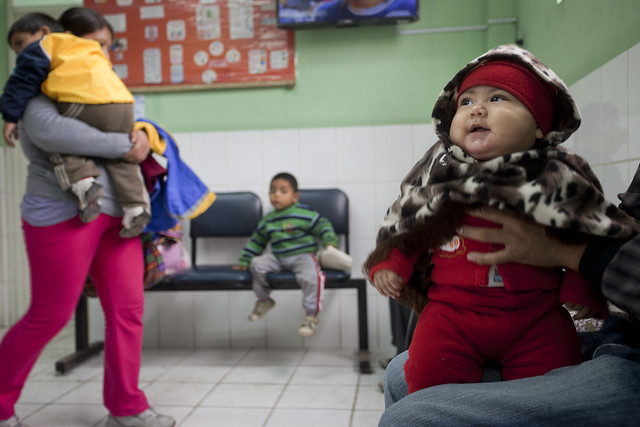Peru became an upper-middle-income economy in two decades. Poverty fell from 60 percent in 2002 to 24 percent in 2013, and GDP per capita jumped from US$2,126 in 2003 to US$8,458 in 2024. Prudent monetary, fiscal, and financial policies, reflected in low inflation, public debt, large international reserves, and a sound financial system, made these achievements possible. However, growth slowed from an average of 6.2 percent between 2005 and 2014 to 2.4 percent between 2015 and 2024.
Peru has had six presidents since 2016, a reflection of the volatile political climate in the country. The weakening of institutions and shocks such as the COVID-19 pandemic and climate events led to a slowdown in growth in the last decade, resulting in the 2023 recession. In 2024, the economy recovered and grew by 3.3 percent owing to a return to more stable conditions, greater public investment, and increased business confidence, reflecting a level of optimism not seen in the last six years.
Peru’s economy is projected to grow by 2.9 percent in 2025 and 2.5 percent in 2026, close to its potential. Using the poverty line of US$6.85 per person per day, the poverty rate was 31.3 percent in 2024, still above the prepandemic level of 28.8 percent in 2019. It is expected to fall to 30.5 percent in 2025 and 29.9 percent in 2026.
Peru’s macroeconomic environment remains stable. In 2024, the fiscal deficit closed at 3.6 percent of GDP, exceeding the fiscal rule limit of 2.8 percent. Fiscal consolidation is projected for 2025, with a deficit of 2.5 percent in 2025 and 1.8 percent in 2026, while the debt-to-GDP ratio will remain stable at around 34 percent. Inflation is expected to remain within the central bank’s target range of 1-3 percent.
Peru has the potential to become a high-income country within two decades, if bold reforms are implemented. However, under current conditions, it would take the country 64 years to achieve high-income status. Reforms should aim to increase firm productivity, strengthen the State’s institutional capacity, and reduce regional disparities. To achieve the first objective, priority should be accorded to removing the barriers hindering the growth of medium-sized firms in the country, rather than attempting to formalize the country’s large number of informal firms. Enhancing institutional capacity will involve measures such as introducing an attractive civil service system for public institutions that will prioritize attracting talent through competitive processes, and simplifying administrative procedures. To reduce regional disparities, the public investment system will have to be reformed so as to ensure that public works can be completed and provide benefits to citizens.
Last Updated: Apr 23, 2025



